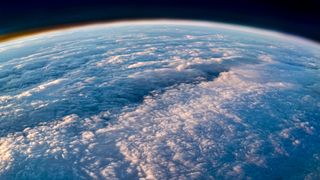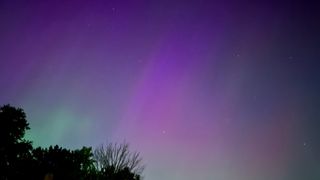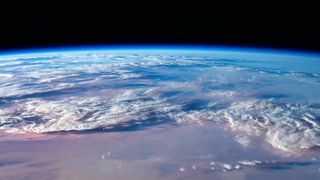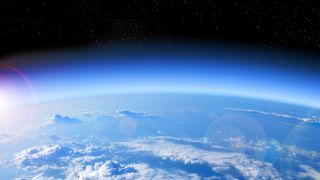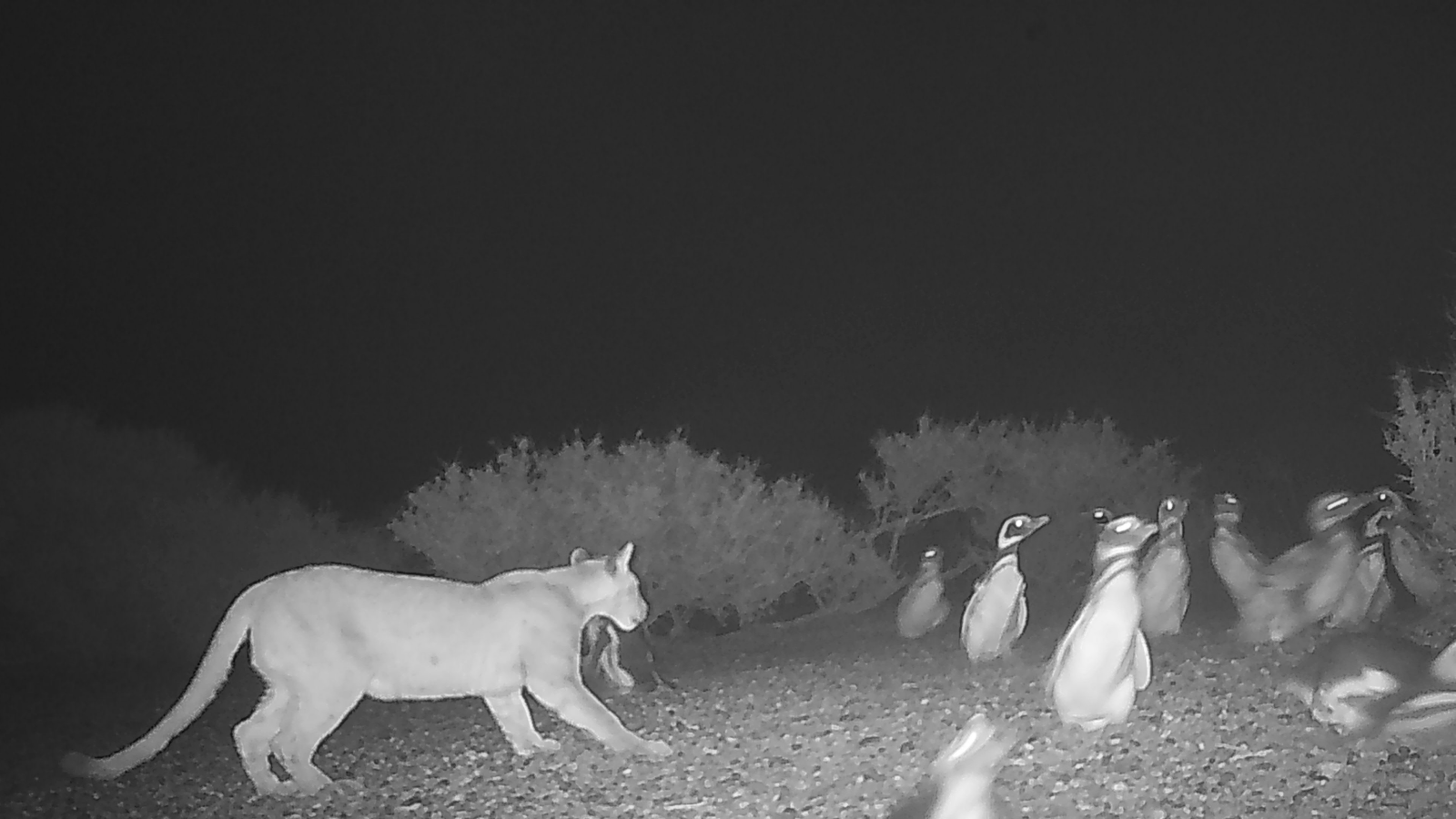Earth's Atmosphere
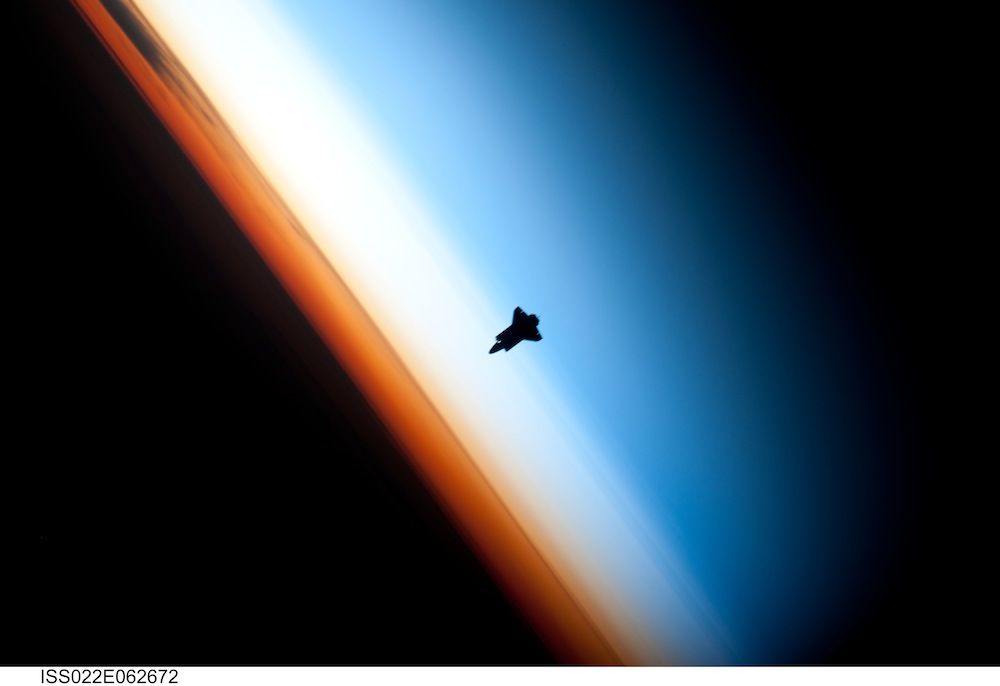
Earth's atmosphere is about 78 percent nitrogen, 21 percent oxygen, with trace amounts of water, argon, carbon dioxide and other gases. The exact composition, as well as the temperature and pressure of the atmosphere, varies with its height. The atmosphere is divided into layers: The troposphere is the lowest layer and extends from Earth's surface up to a height of about 30 miles (48 kilometers); it is where most of Earth's weather occurs. Above the troposphere is the stratosphere, where the ultraviolet-blocking ozone layer is found. Above that is the mesosphere, the thermosphere and the ionosphere. Earth's atmosphere is home to different types of clouds, the auroras, different types of lightning.
Latest about earth atmosphere
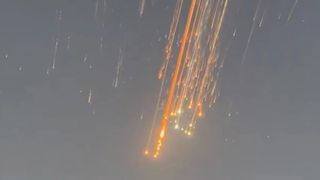
How much did SpaceX's Starship Flight 7 explosion pollute the atmosphere?
By Tereza Pultarova published
Scientists are not sure how much metallic dust remained in the atmosphere after the most recent SpaceX rocket 'disassembly.'
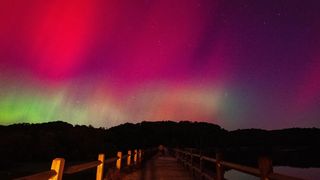
Earth's elusive 'ignorosphere' could shed new light on auroras
By Tereza Pultarova published
We know very little about some parts of Earth's atmosphere.
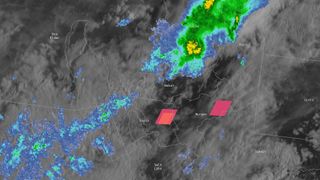
Exploding meteor startles Utah
By Stephanie Pappas published
A loud explosion heard Saturday (Aug. 13) in Utah may have been an exploding Perseid meteor.
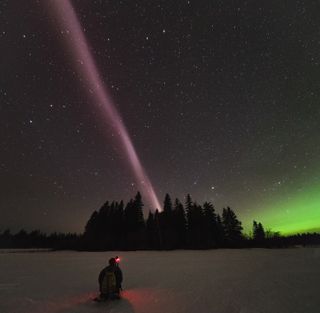
Eerie Sky Glow Called 'Steve' Isn't an Aurora, Is 'Completely Unknown' to Science
By Brandon Specktor last updated
There is a beautiful mystery in the sky, and its name is Steve.
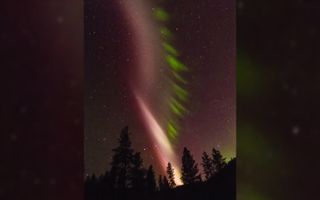
Mystery of Weird Sky-Glow Named 'STEVE' Finally Solved
By Mindy Weisberger last updated
Enigmatic STEVE is somewhat like an aurora...and somewhat different.
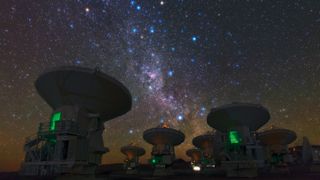
Why do stars twinkle?
By Colin Stuart published
Stars appear to twinkle because the light from these distant objects passes through wobbly air in the atmosphere.
Get the world’s most fascinating discoveries delivered straight to your inbox.


